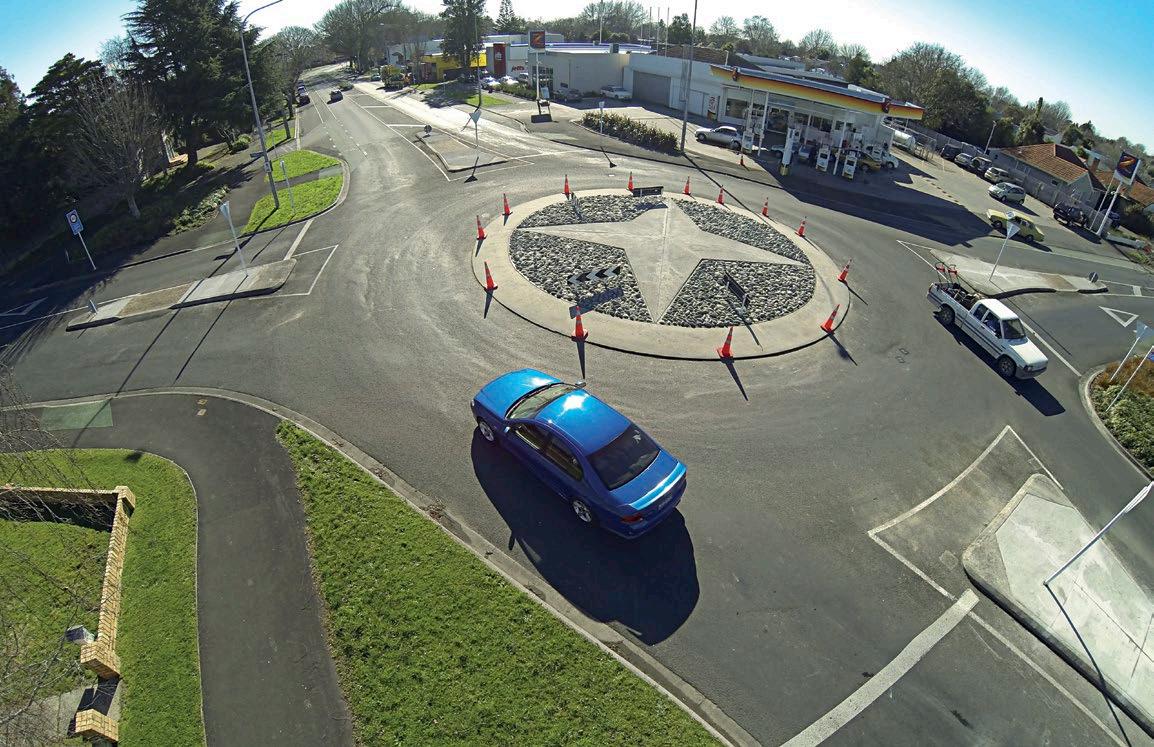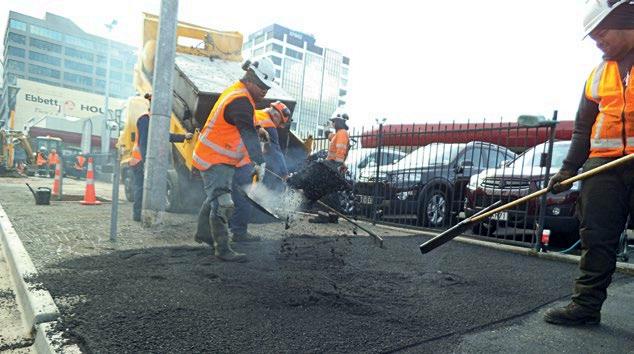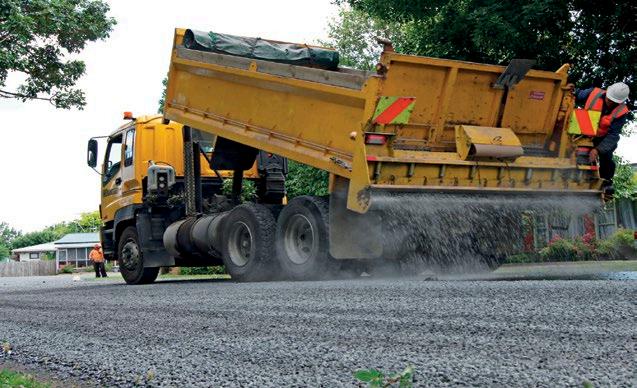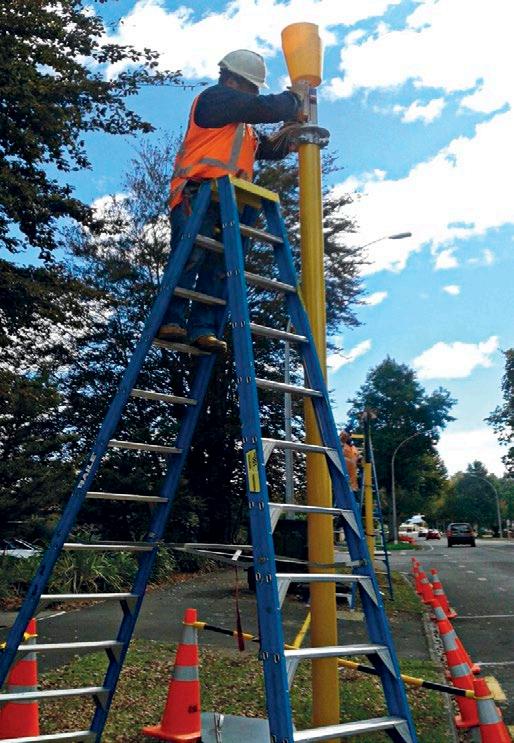
4 minute read
Infrastructure Alliance: Downer New Zealand and Hamilton City Council
Hamilton’s Holy Trinity
Advertisement
Infrastructure Alliance, a partnership between Downer New Zealand, Hamilton City Council and supply chain partners, is proving that a new way of doing business is also smarter business.
5CONSTRUCTION EXCELLENCE AWARDS 2015 WINNER CATEGORY 5
PROJECT: Maintenance, renewals and management of Hamilton City Council’s council-owned assets. I nfrastructure Alliance (IA), an unincorporated joint venture with its own identity, is leading the way in asset management, collaboration and innovation.
Tasked with a scope of services covering maintenance, renewals and management of all Hamilton City Council’s (HCC) council-owned transportation assets, IA’s collaborative working agreement sees client, contractor and consultant all rolled into one.
A key function of IA is the coordination of all third party works (eg, utility operators) to ensure that projects are delivered in a single intervention; reducing disruption to customers.
Work includes, but is not limited to, pavement, drainage, streetlights, footpaths, roadmarking, kerb and channel, traffic signals and electronic signs.
It is also responsible for amenity works including street sweeping, CBD and shopping centre cleaning, litter removal, vegetation control and landscaping maintenance.
Lastly, IA also performs the regulatory function of traffic management coordination, and corridor access requests.
Having now been in action for nearly two years IA has already achieved significant savings – all of which have been reinvested back into the network. Not bad when the project has an annual



value of $16 million. IA says much of the savings stem from a financial model where all actual costs are reimbursable.
Alliance manager Doug Carrasco says this approach benefits everyone and that, when efficiencies are achieved, the savings are reinvested back into the network.
“The financial structure of the contract, which is cost and not profit driven, drives the team to find better ways of achieving more. Ultimately, efficiency and effectiveness are achieved through a truly collaborative approach,” he says.
This streamlined approach to work doesn’t come with compromised work quality. Indeed, an internal IA team slogan is ‘Would I be happy with this outside my house?’; not too hard to answer when all the team members just happen to be locals.
Non-Civils operations manager Shaun Peterson says, “Gone are the days when one crew visits a site and leaves a broken pole behind because ‘it’s not our job’. Standard practice is now, for any crew when visiting a site, to check and clear drains, remove any rubbish, or if work is outside their scope, to log it with the office team for follow up.”
This model also rings the death knell to the idea of subcontractor contracts. Supply partners have no end date in their agreement and are integrated into the pain / gain pool.
Doug says that during the first nine months of work, budgets were substantially underspent. These cost savings have allowed for numerous benefits to Hamilton residents, such as an extra 10,000 square metres of thin asphalt surfacing, an extra 5000 square metres of footpath renewals, the conversion of 10 sets of outdated quartz halogen traffic signals to LED, and two annual footpath washes of the CBD (which had previously been put on hold due to budget constraints).
Outside of these remarkable savings, another hallmark of IA’s operations is its hi-tech Safety Visualisation Tool.
Asset Management team leader Simon Fendall says, “We completed hi-definition video data collection of all the kerbs and footpaths and centrelines of the road corridor. This data was then overlaid on Google maps to provide the IA team with a virtual view of any part of the network instantaneously.”
A single point in time capture of the network allows the team to look back and determine what state the asset in question was in. This allows for the comparison of states over time and, when there are claims, to check that an asset has always been there.
“One of the benefits of this is that we can respond to customer requests with an additional level of specificity and accuracy,” says Simon.
“[For example] when a customer calls in the team is able to bring up the location of the fault, through video, describe the location and fault severity back to the caller, and as various forward-works programmes are overlaid, they are able to inform the caller of the likely time frame in which the issue will be rectified.”
How’s that for customer service?
With an expected project completion date of 2023, IA has big plans.
So far, its collaborative working agreement seems to be paving a future direction for other contract work of this type; the obvious winners being the client, the suppliers and the public. l










